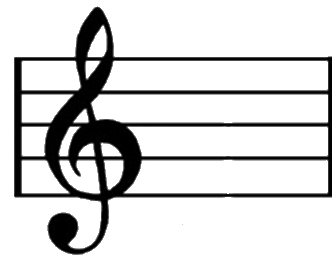Dynamically Speaking
 Harmonica Lesson Outtakes
Harmonica Lesson Outtakes
Today in class we were working on Dynamics; how to play loudly and softly, how to change from one to the other, and the standard notation to support everything. Our first building blocks were p for piano (softly), and f for forte (loudly). ‘So what does mf mean?’ asked the teacher, expecting one of the group to remember mezzo forte, for moderately loud. Simon’s hand went up as he answered ‘Mexican fort‘.
 The teacher moved on to very loud, ff, and very quiet, pp. ‘Who can remember the term for very quiet?’ asked the teacher. ‘I know, I know‘, said Charlotte, ‘it’s pea in a cinema‘. When the chuckles died down, the teacher corrected Charlotte. ‘That’ll be pianissimo Charlotte. And who can remember the full name for the keyboard instrument we talked about?’. ‘That’s easy,’ said Jake, ‘it’s piano fortnight.’
The teacher moved on to very loud, ff, and very quiet, pp. ‘Who can remember the term for very quiet?’ asked the teacher. ‘I know, I know‘, said Charlotte, ‘it’s pea in a cinema‘. When the chuckles died down, the teacher corrected Charlotte. ‘That’ll be pianissimo Charlotte. And who can remember the full name for the keyboard instrument we talked about?’. ‘That’s easy,’ said Jake, ‘it’s piano fortnight.’


